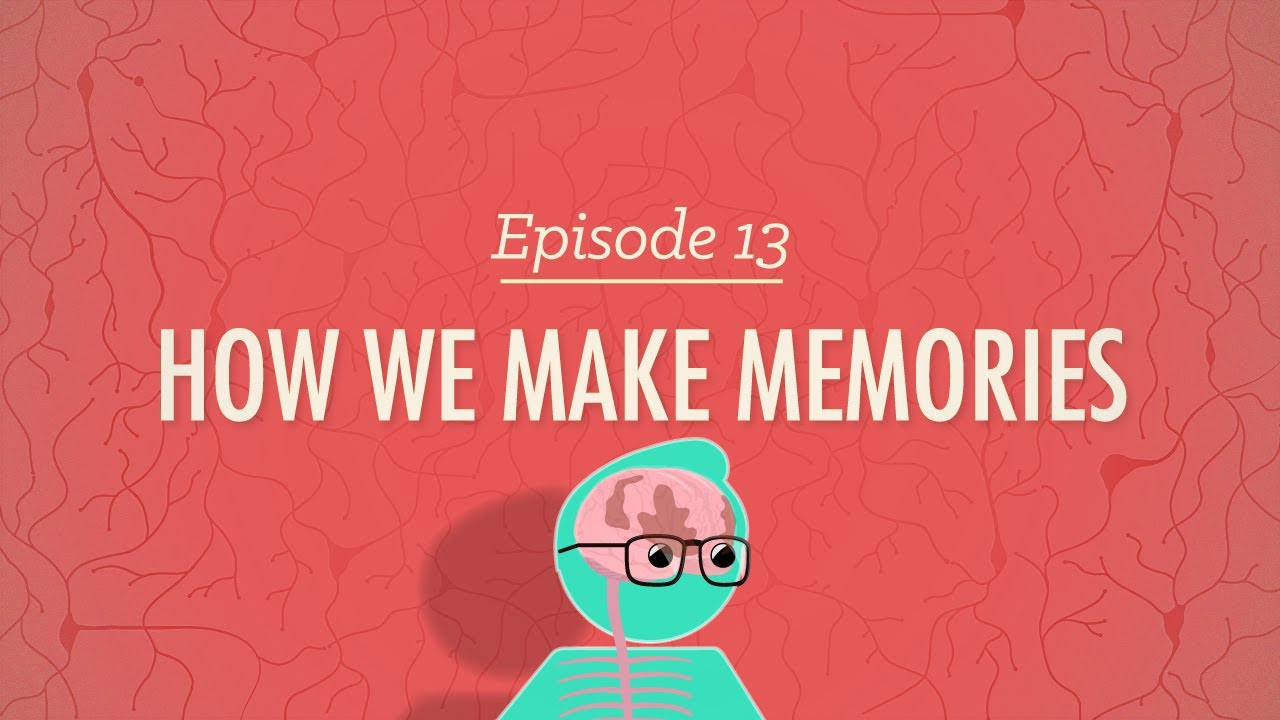
**Aesthetic Representation of a Neuron**
The brain possesses the capability to store the equivalent of a petabyte of data, which is 100 million gigabytes. This equates to approximately 4.7 billion books. It contains 86 billion neurons, 400 miles of capillaries, 100 thousand miles of nerve fibers, and over 10 trillion synapses. Despite this immense capacity, our memory often feels as delicate as a butterfly amidst a tempest. How can it be that we are theoretically equipped for so much yet often perceive that our recall is so limited? In this article, you will explore the current comprehension of memory, how it is stored and retrieved, the fascinating concept of forgetting, and how you can apply this knowledge to enhance your own memory.
## What Even Is Memory?
Unfortunately, the precise mechanism of how memory functions at the individual neuronal level remains elusive. However, there exists a robust understanding of the general operations within various brain regions and several dominant, intuitive theories regarding the overarching process of memory, the most notable being the Atkinson-Shiffrin model.
### The High Level Structure of Memory
The Atkinson-Shiffrin model asserts that the initial stage of memory commences with the acquisition of sensory input. At this foundational level, sensory information is collected from the surroundings and is momentarily retained in the mind. The primary categories recognized in contemporary research are iconic, echoic, and haptic, indicating that the sensory data analyzed typically involves sight, sound, and touch.
The subsequent stage is short-term memory. Short-term memory encompasses precisely what resides in your mind at any specific moment, known as working memory, alongside the traces or remnants of what occupied your mind shortly before, usually within a time frame of 15-30 seconds prior.
The final and most recognized tier is long-term memory, which is what springs to mind when you ponder memory. The intriguing aspect is that, despite appearances, long-term memory appears to possess an almost boundless capacity, a topic we will explore further shortly.
### The Process Of Memory
While the Atkinson-Shiffrin model proves beneficial in conceptualizing memory, it offers limited insight into the mechanisms of how memories are created and retrieved. The American Psychological Association (referred to henceforth as the APA) has developed a model detailing the current theoretical understanding of how memories, particularly long-term ones, are constructed. This model consists of three phases: encoding, storage, and retrieval.
#### Encoding
To initiate, information at the sensory level must be absorbed by sensory organs, whether it entails reading words on a page or experiencing an unforgettable celebration. However, we cannot merely record every aspect of this information as memory; capturing every minute detail of the celebration would be profoundly inefficient. This information requires filtering and categorization so that only pertinent details are acknowledged. When perusing a textbook, you need not remember the amount of white space on the paper or the texture of the page; your brain learns to disregard this extraneous data and concentrate on the text. Furthermore, it emphasizes the significance of those words and how you cognitively processed their importance in that moment rather than merely memorizing the words and their sequence.
A critical element of encoding is the concept of sensory processing collaborating with working memory. When neurons are actively engaged, they transmit electrical impulses to one another at rapid speeds, with each moment of activation and subsequent rest being termed a cycle, and this electrical activity is measurable. Research indicates that working memory operates at 3-8 cycles per second, while the processing of extensive sensory data can occur at 30-100 cycles per second. As both processes transpire concurrently, the brain clusters the sensory cycles into groups of approximately seven within each working memory cycle. In essence, each working memory cycle, which defines your short-term memory, comprises around seven sensory information cycles on average, which may elucidate the experimental finding that individuals can retain between 5 to 7 items in their mind simultaneously. This offers an explanation for why “chunking” information is a favored study strategy; it aligns with the brain’s inherent tendencies. By organizing information such as a phone number into smaller segments, the brain can remember these chunks of data and link them together rather than trying to recall a lengthy sequence of information.
The notion that the potency of a memory is dictated by the number of sensory cycles within each working memory cycle is utilized by the brain during periods of intense focus and learning. During these instances, the brain reduces the frequency of working memory to around 3 cycles per second while maximizing sensory cycles. While